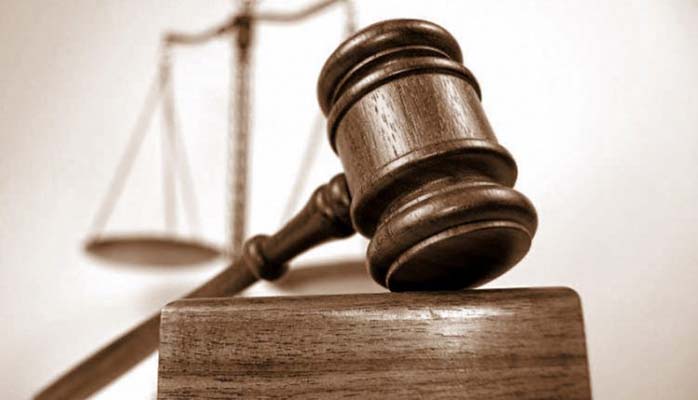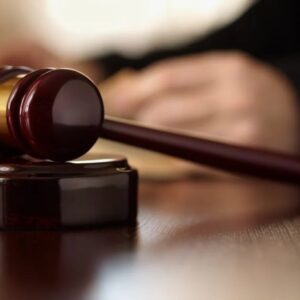Case Study: Sabal Springs Lawsuit
Lawsuits filed by relatives of those killed or injured by a Boca Raton mattress manufactured by the company named in the complaint are examples of a pending Sabal Springs lawsuit. The lawsuit is a class-action lawsuit on behalf of all who have suffered injuries as a result of mattress bed sores produced by Boca. These lawsuits arise due to negligence on the part of Boca and other related mattress companies. Boca is named in the complaint as well as other companies such asners, Walnut Creek, and Sealy.
The plaintiffs are seeking compensation for their suffering and for the medical bills and other expenses that they have faced as a result of the mattress sores.
In order to determine whether or not to sue, a plaintiff’s attorney will need information about the product. This includes information such as the materials used in its construction and the manufacturing process. There should also be evidence that the mattress was built properly and was sold according to standard manufacturing procedures. A mattress is considered defective only if it does not meet the plaintiff’s expectation regarding the level of comfort it would provide. That expectation could include support for an adjustable mattress or a removable bed.
Additionally, there is proof that the mattress was sold with a defect and caused the harm or injury.
The mattress is defective if it is unsafe for a person to sleep on. Such a mattress is a Classified Commercial Product. Classified commercial products are protected from “unreasonable use” by law.
In general, a Classified Product cannot be sold to the general public. A Boca Spring mattress falls into this category because of the nature of the spring used to provide support to the mattress. The spring mattress was never meant to be placed on the floor because it was designed to be used on top of a hardwood or ceramic bed.
Boca advertises that the springs in their spring mattress provide “unlimited pressure relief”.
This means that the mattress provides support to the back and sides at all times, even while sleeping on the floor. This is contrary to plaintiffs’ claims that the mattress causes “back and leg pain” throughout the night. The claim is also contrary to the testimony of one of the company representatives who testified at a deposition.
During a May 8 hearing, a representative of defendant brought in a witness to the deposition.
During the testimony, the witness stated that he had inspected two different Sabal Springs mattresses and the first was not defective per se. However, according to the witness, the mattress started to “weep” upon being placed on a wooden floor. He further stated that upon placing a soft towel on the bottom of the mattress and then turning it over, the mattress once again “weeps” and this continued for several days, during which the plaintiff and his family were suffering from various types of injuries including neck pain, back pain, and spinal disc herniation.
On May 15, the day before the final hearing, defendant’s counsel offered to settle the case for a predetermined sum in exchange for the plaintiffs releasing all references to the validity of their complaint and agreeing to drop all damages claims.
Plaintiffs’ counsel declined this offer, stating that they were still pursuing their case against the defendant without any rest until they received the money they claimed they were owed in the first place. On the day of the trial, defense counsel moved to dismiss the complaint for lack of subject matter jurisdiction. Defense claimed that plaintiffs’ claims were barred by the statute of limitations and that they were not aware that the mattress manufacturers were prohibited from making certain types of bedding products in the state of California. Plaintiffs responded by filing a motion to dismiss arguing that defendants could not have knowledge of California law prior to manufacturing their own line of spring mattresses.
On July 7, the jury found in favor of plaintiffs and awarded them a $1.75 million dollar judgment. In anticipation of appealing the verdict, defendants filed a motion to dismiss stating that the complaint was based on falsity and that there was no proof the mattress was unsafe. Plaintiffs’ counsel responded by filing an appeal stating that their evidence showed the opposite; that Sabal springs were dangerous and that the plaintiffs suffered no injury as a result of using or wearing a Sabal mattress. On August 4, the court denied the defendants motion to dismiss and affirmed the jury’s decision. plaintiffs are currently seeking additional damages.





